
The Line...
This method is a differential doubles method. This means it has more than one working part.
…this one has three parts to it… two separate lines and a treble which hunts.
In some respects it is like Grandsire, which also has three parts, altough the second part in Grandsire is a second hunt bell…
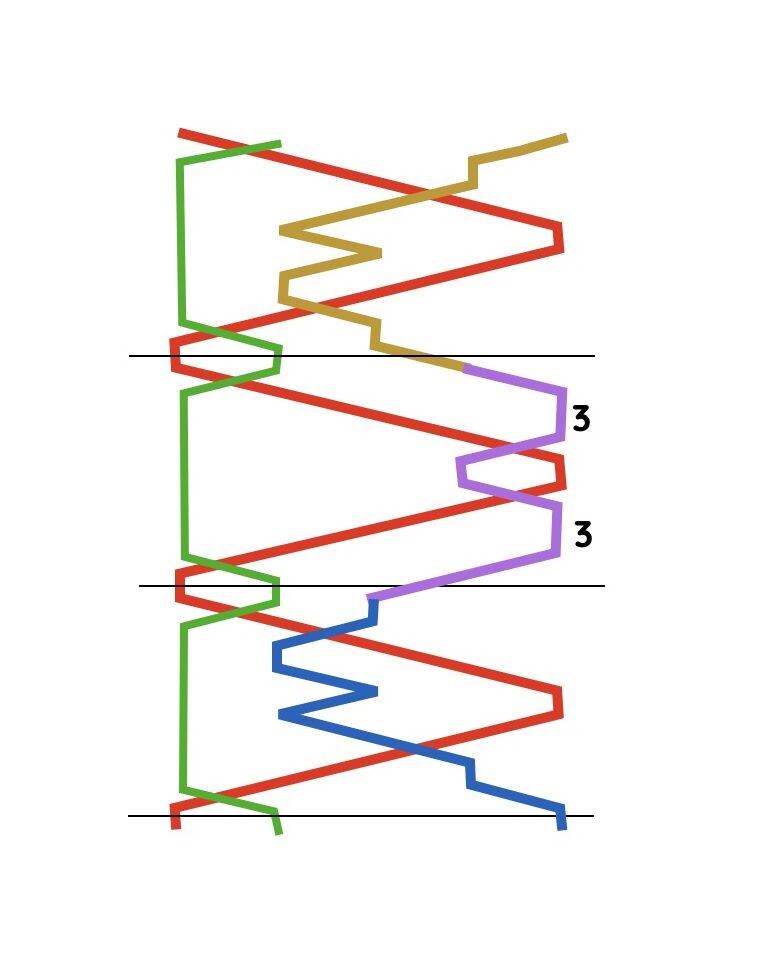
The Slow Bell...
Seconds place bell (green) only leads and makes seconds… 4 whole pulls (8 blows) before making 2nds over the treble… This is often referred to as ‘the slow bell’.
The other three bells do the remaining work, but of course never get to lead!
Because of this, the plain course is only three leads long… (the same a Grandsire).
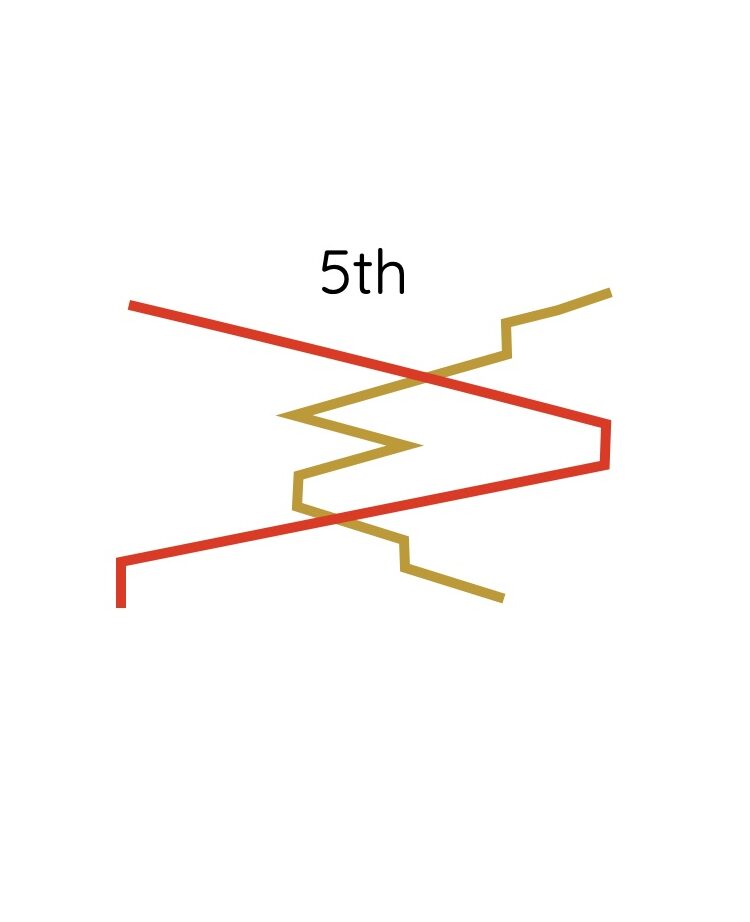
5th Place Bell...
Unlike many common doubles methods, the 5th moves first blow…
…Make 4ths and pass the treble in 3-4. (this actually the last part of a crankshaft figure – see 3rds place bell)
Dodge 2-3 then make 2nds and 3rds passing the treble in the process. (Both blows in seconds and the second blow in thirds are over the slow bell)
become 4ths place bell.
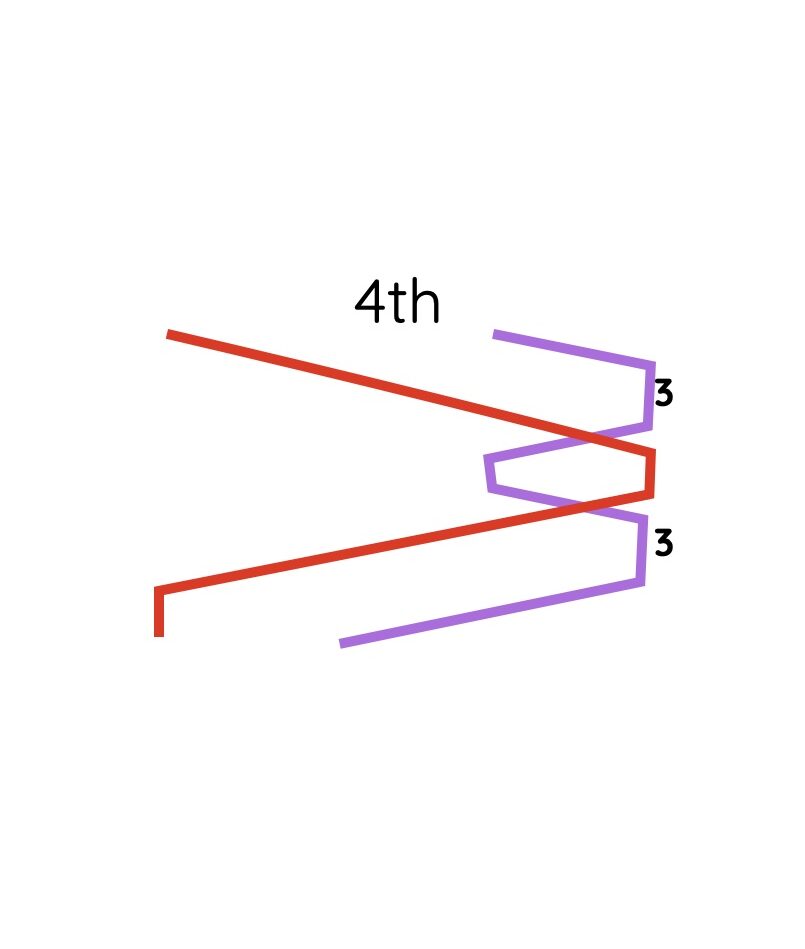
4th Place Bell...
This is the pivot bell… it is the middle lead of 3 and therefore symmetrical.
It is also an elongated crank-shaft figure…
It starts by going out… this is the opposite of Plain Hunt!
3 blows in 5ths…
Make fourths under the treble…
3 more blows in 5ths
- hunt to 3rds place bell
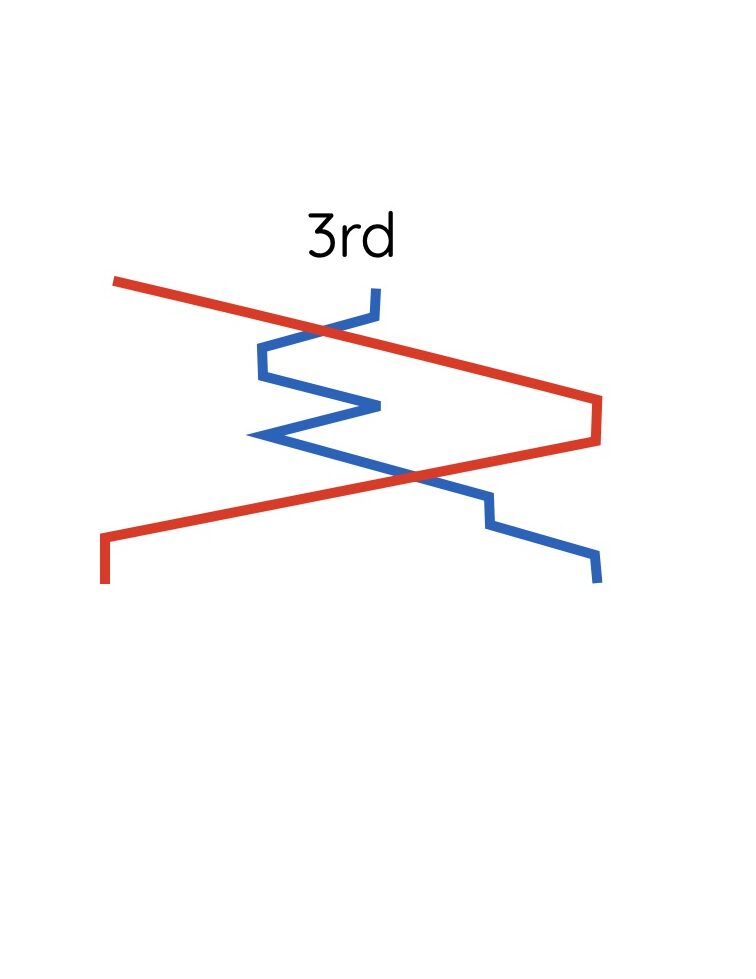
3rd Place Bell...
This is the inverse of 5ths place bell…
Make 3rds and 2nds… passing the treble on the way. (Remember, all except the blow passing the treble is over the slow bell).
Dodge 2-3.
Pass the treble in 3-4 and make 4ths and 5ths.
become 5th place bell
If you look at the join to 5ths place bell you will see it is actually 4ths, 5ths, 4ths… a figure often referred to as ‘Crankshafts’.
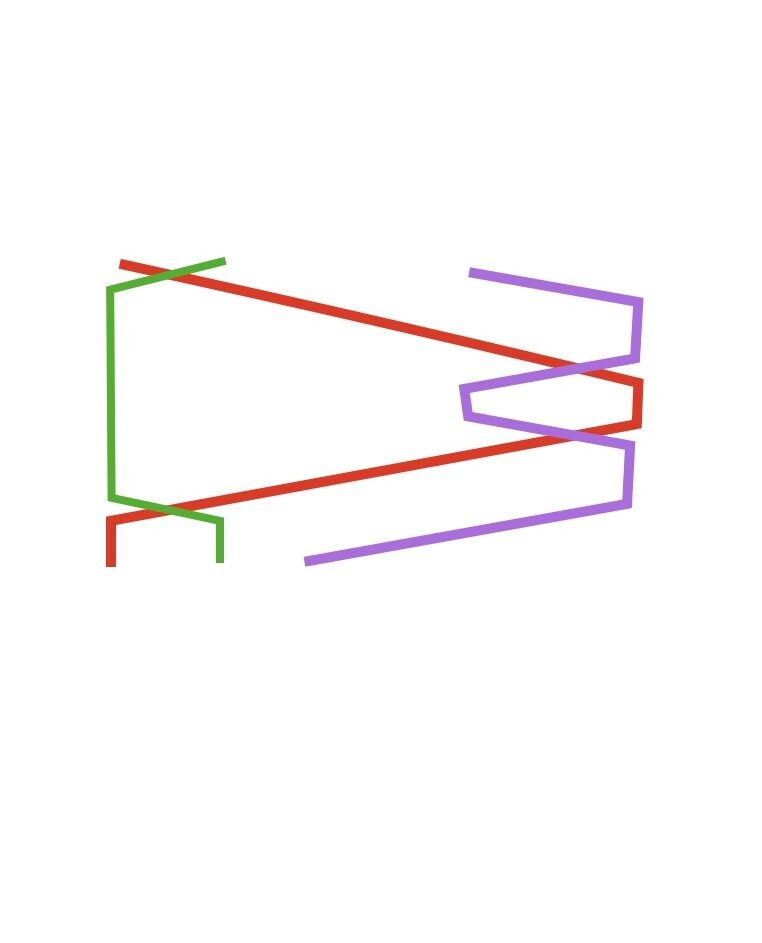
Treble Tips...
The treble just hunts back and forth, but the bells going up are not the same coming back.
Th first going up, is the last coming back… because the slow bell never leaves the front.
and the last going up is first coming back… which means both blows in 5ths are over the same bell!
The first bell remains first from one led to the next, because the slow bell does not change…
Until a Bob, when all the bells change order.

Bobs...
The Bobs are actually plain hunt… i.e no places (other than the treble lead) are made..
2nds place bell (slow bell) runs out to become 3rds place bell…. starting by making thirds!
3rds place bell dodges 4-5 up to become 4ths place bell.
4ths place bell, will dodge 4-5 down and becomes 5th place bells.
5th place bell will have just made 3rds, so runs in and becomes the slow bell.
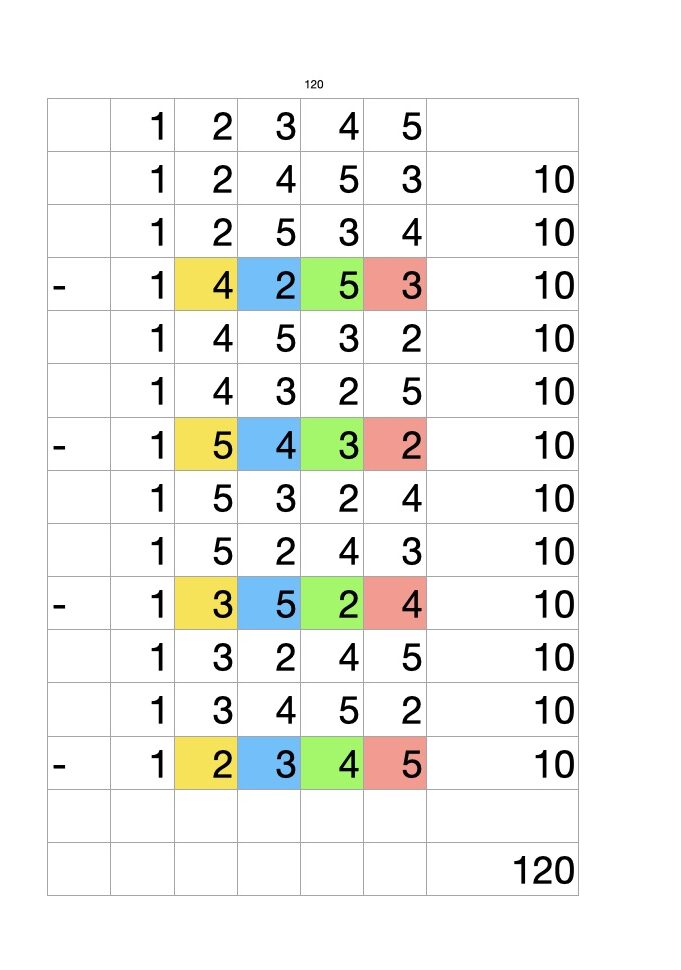
An Extent...
To ring an extent of 120 changes we need to add 4 bobs…
All bells are affected by Bobs, so there is no ‘easy’ bell to call from.
The bobs are added, one every course and can be added at any lead-end.
The adjacent example is at the last lead, so if calling from the 5th…
- call when making 4ths and dodge to become 4ths place bell
call when making thirds and go into the slow work.
call at the end of the slow leads and run out to become 3rds place bell.
call when making the last blow in 5ths, dodge and it comes around.
